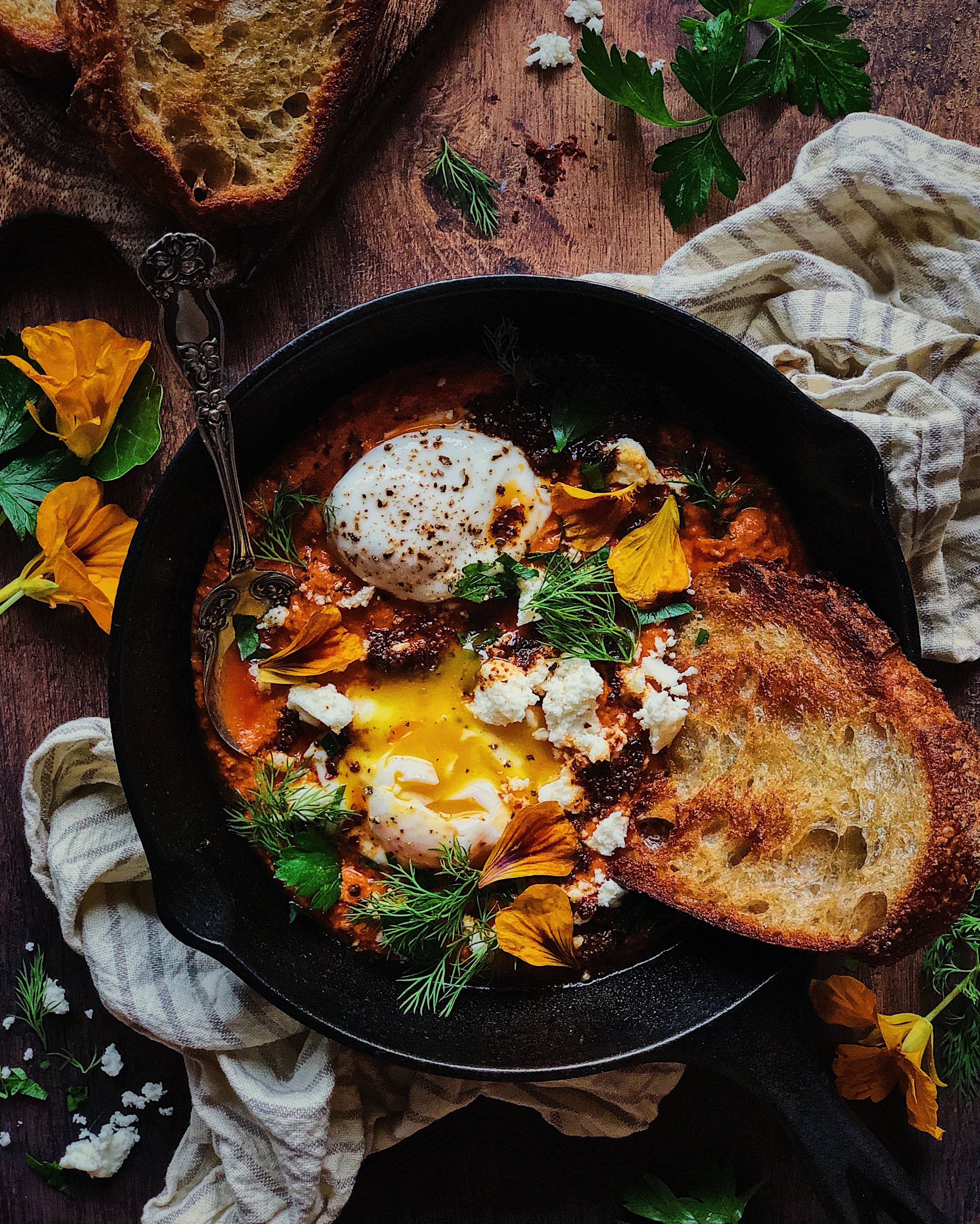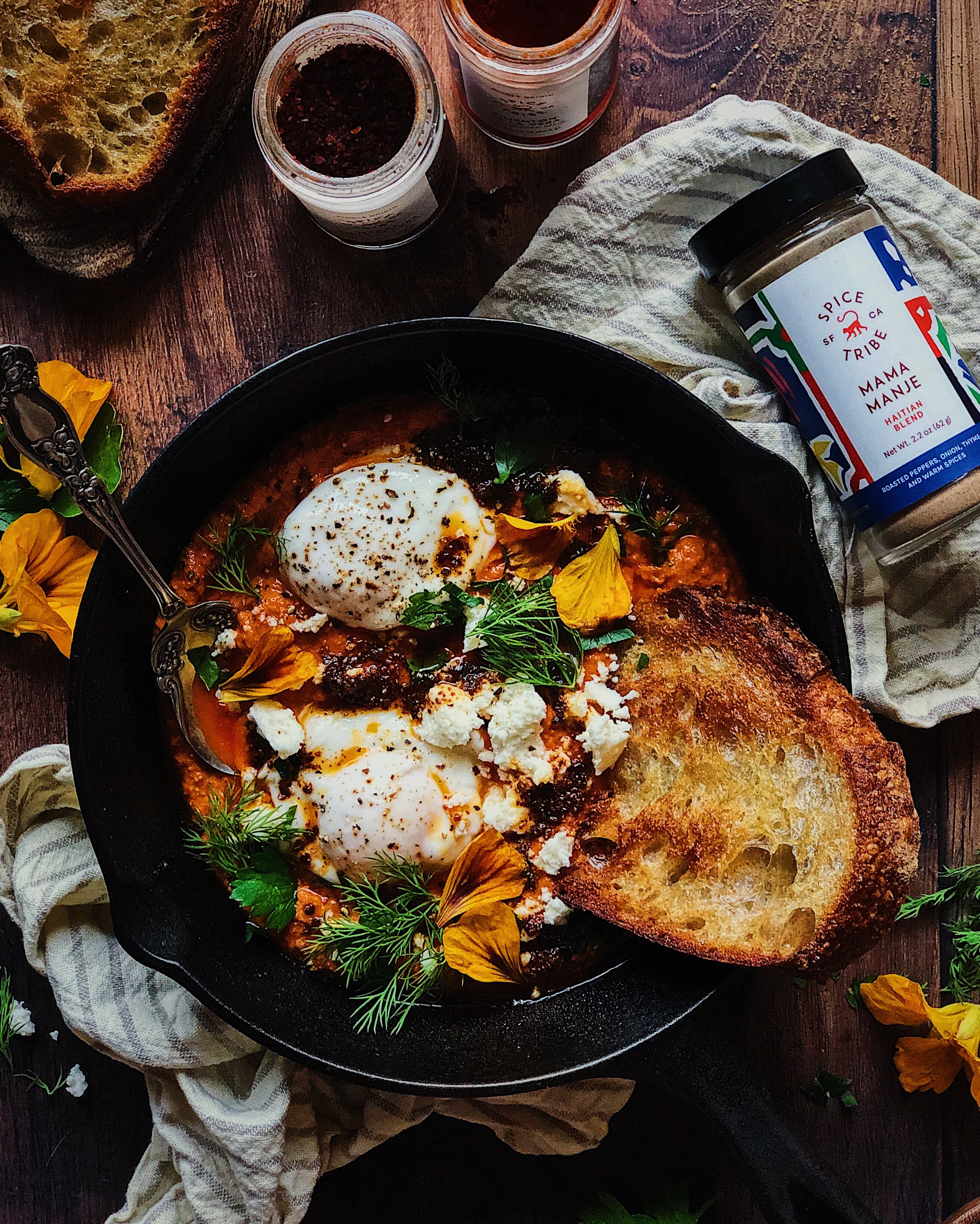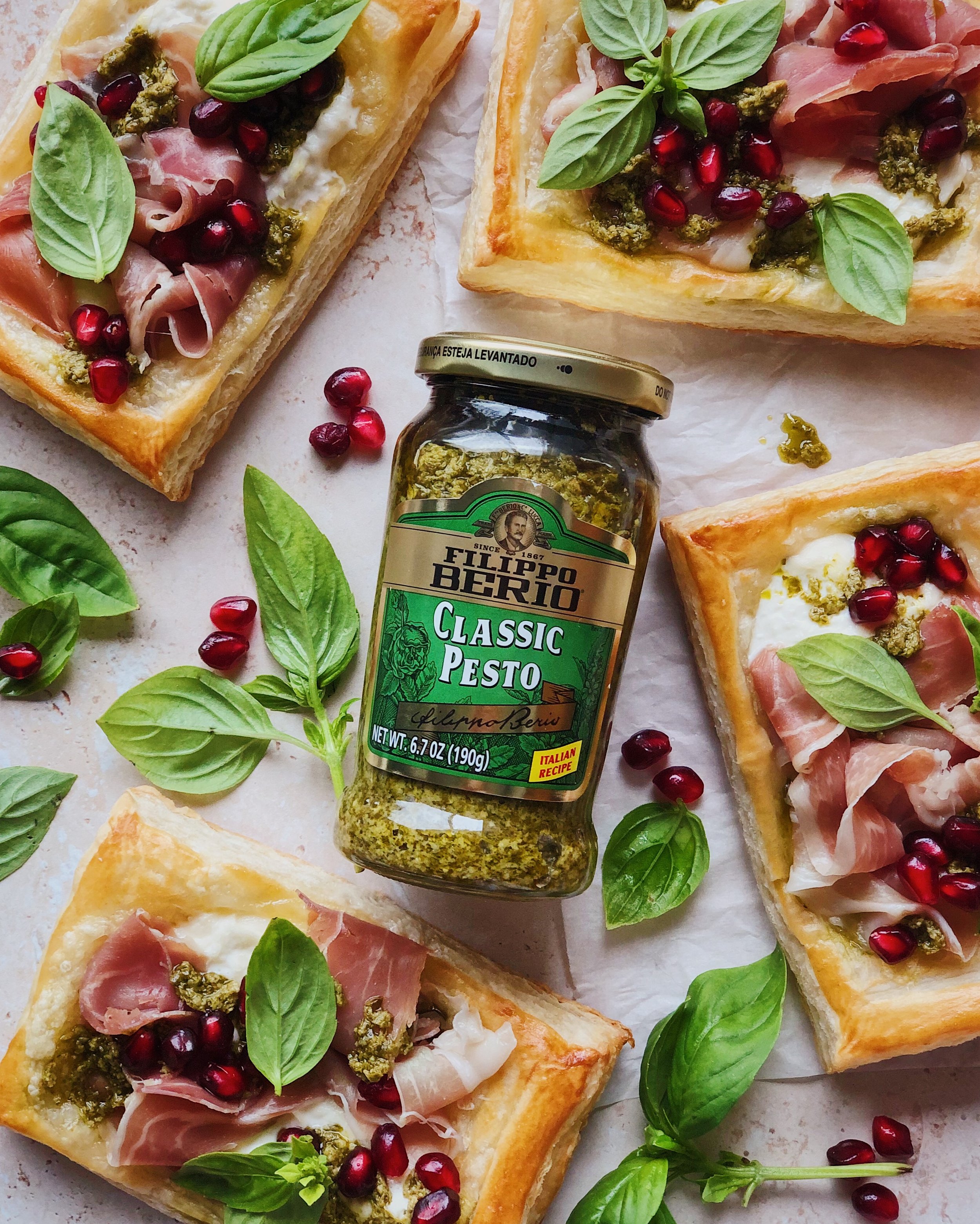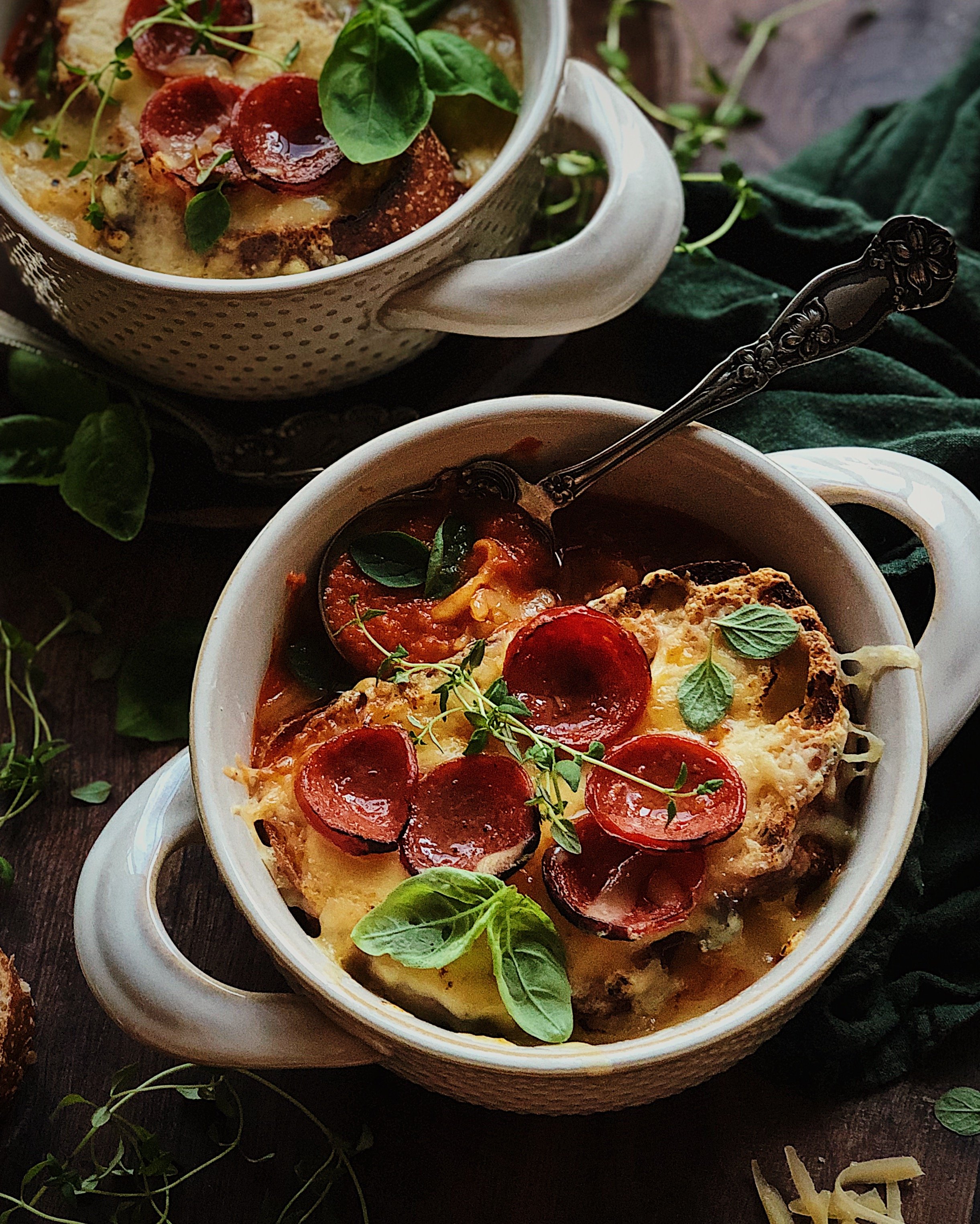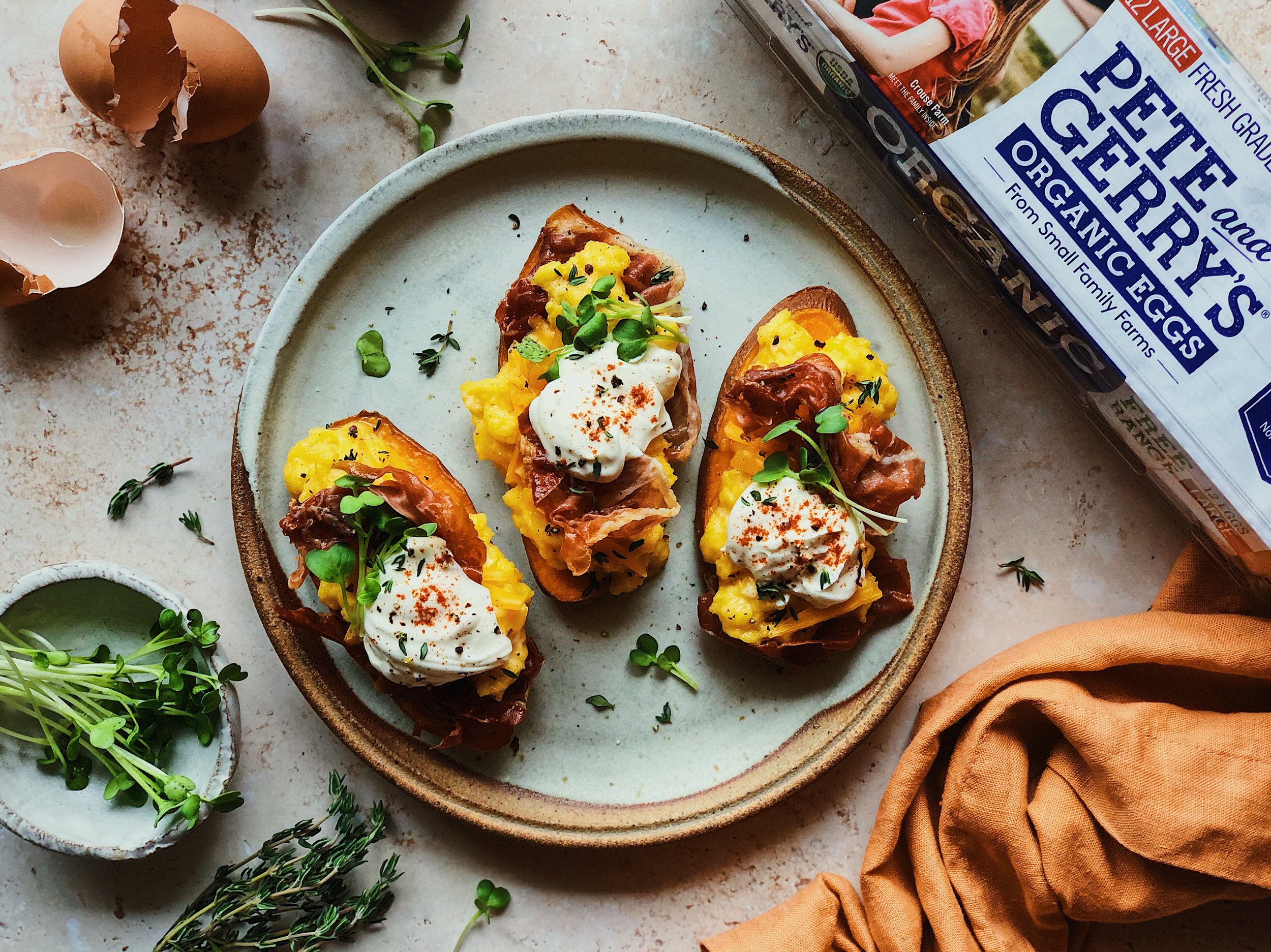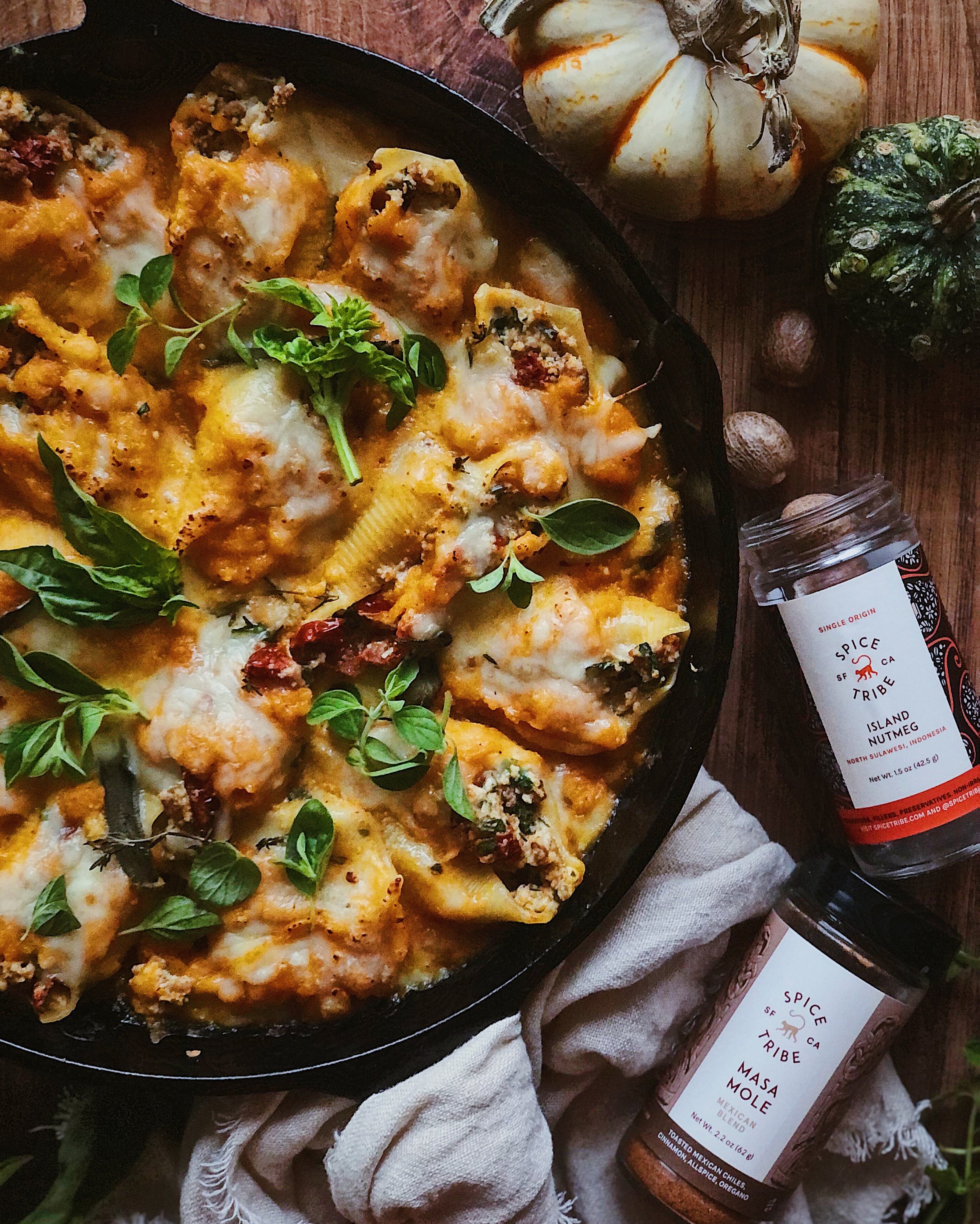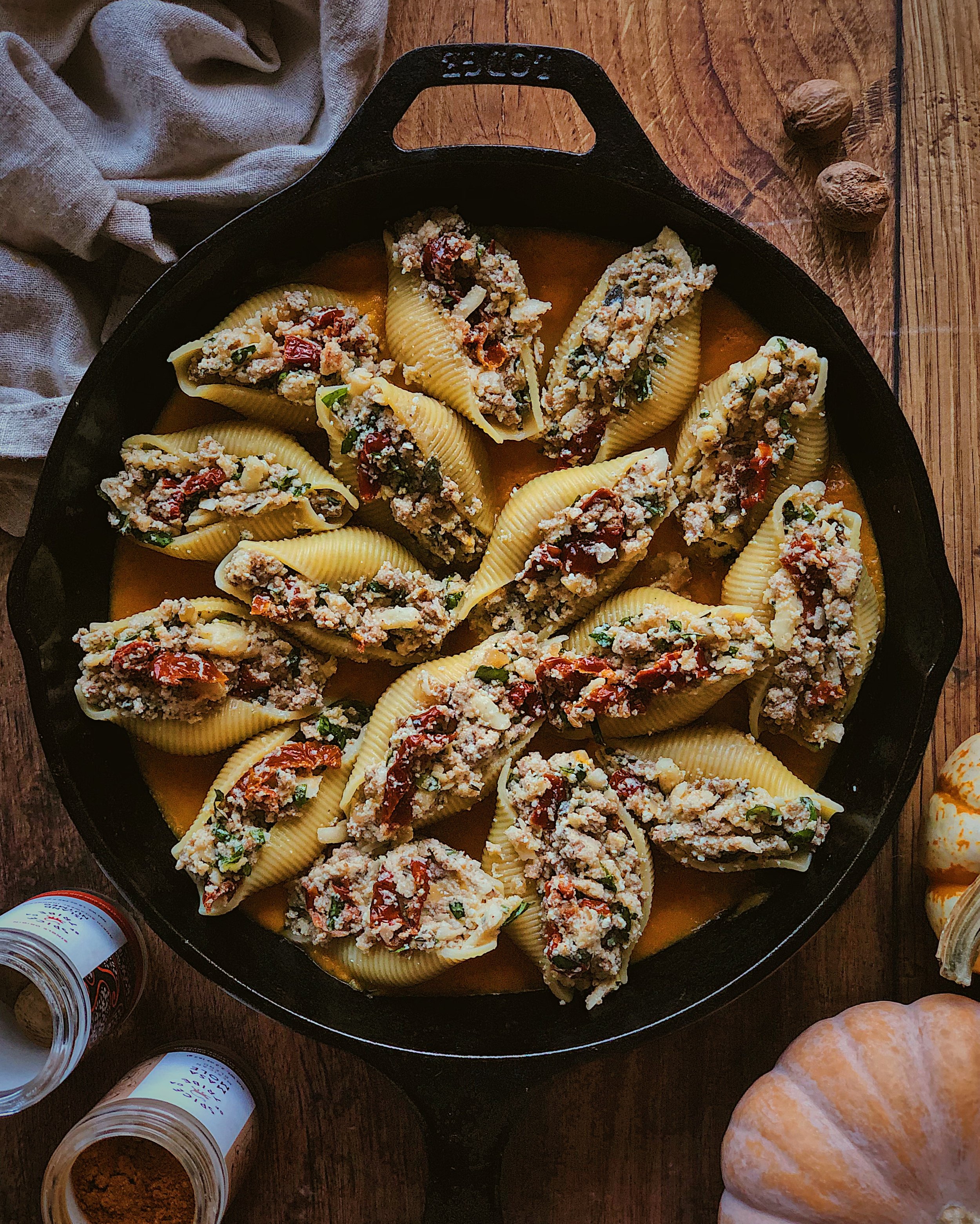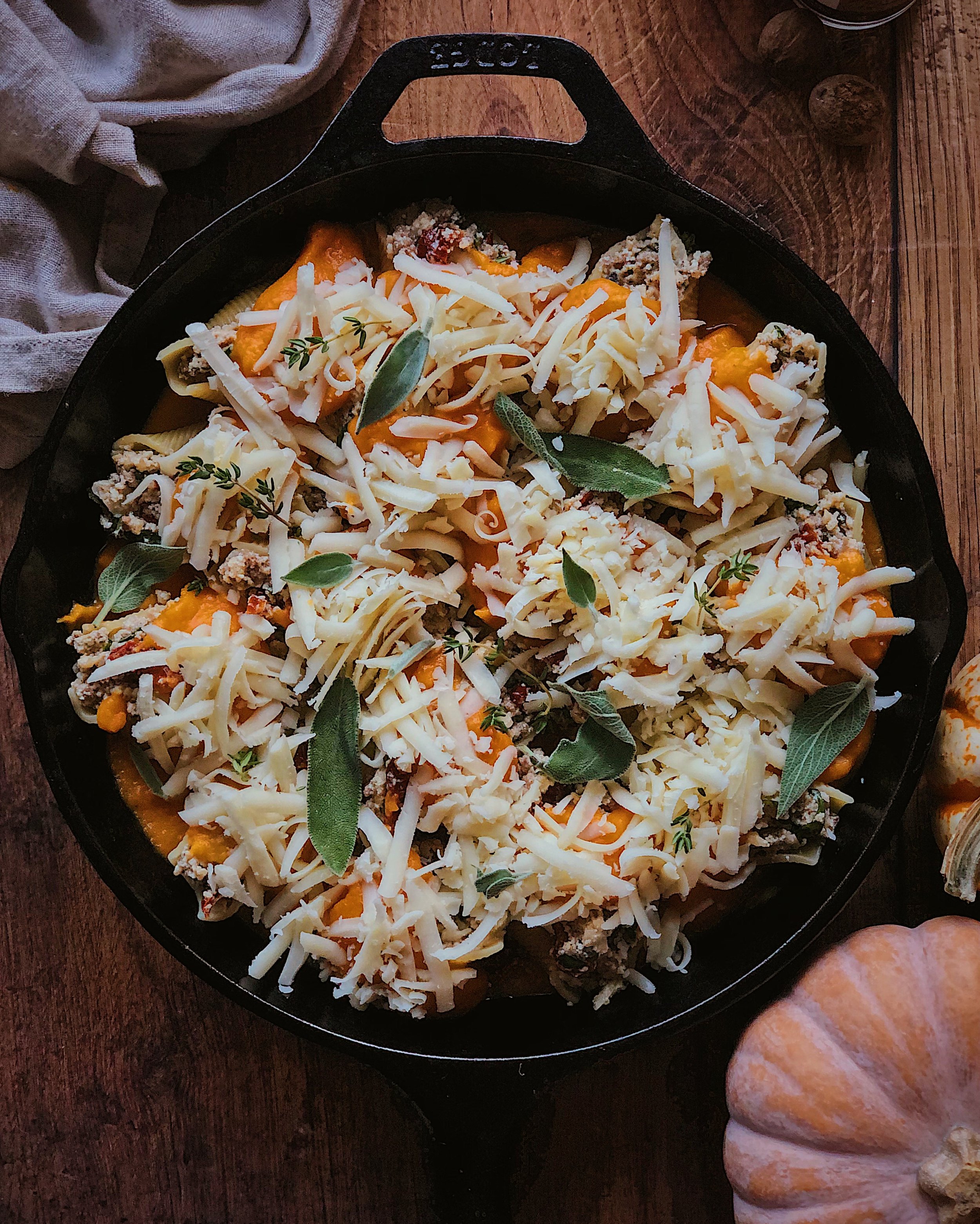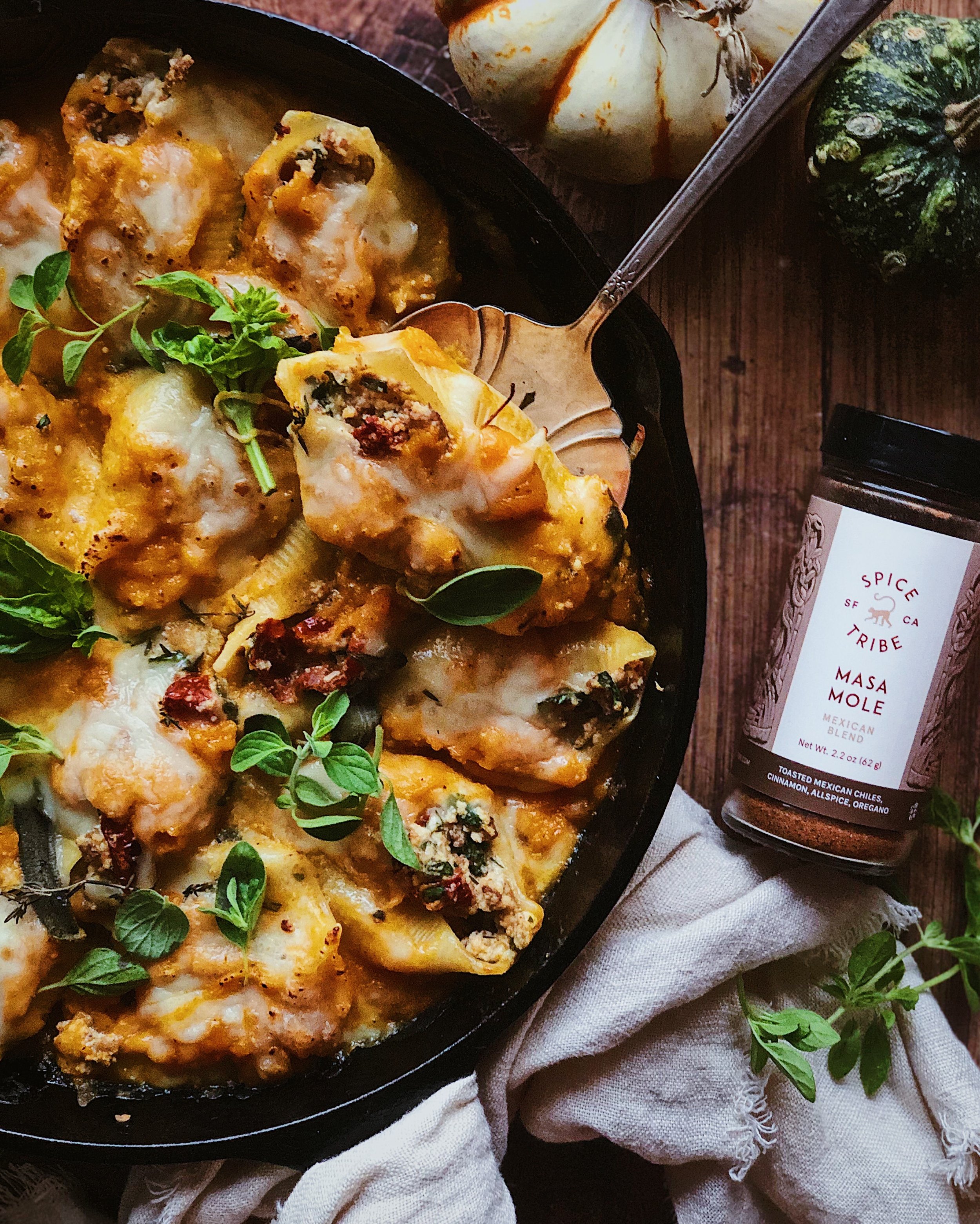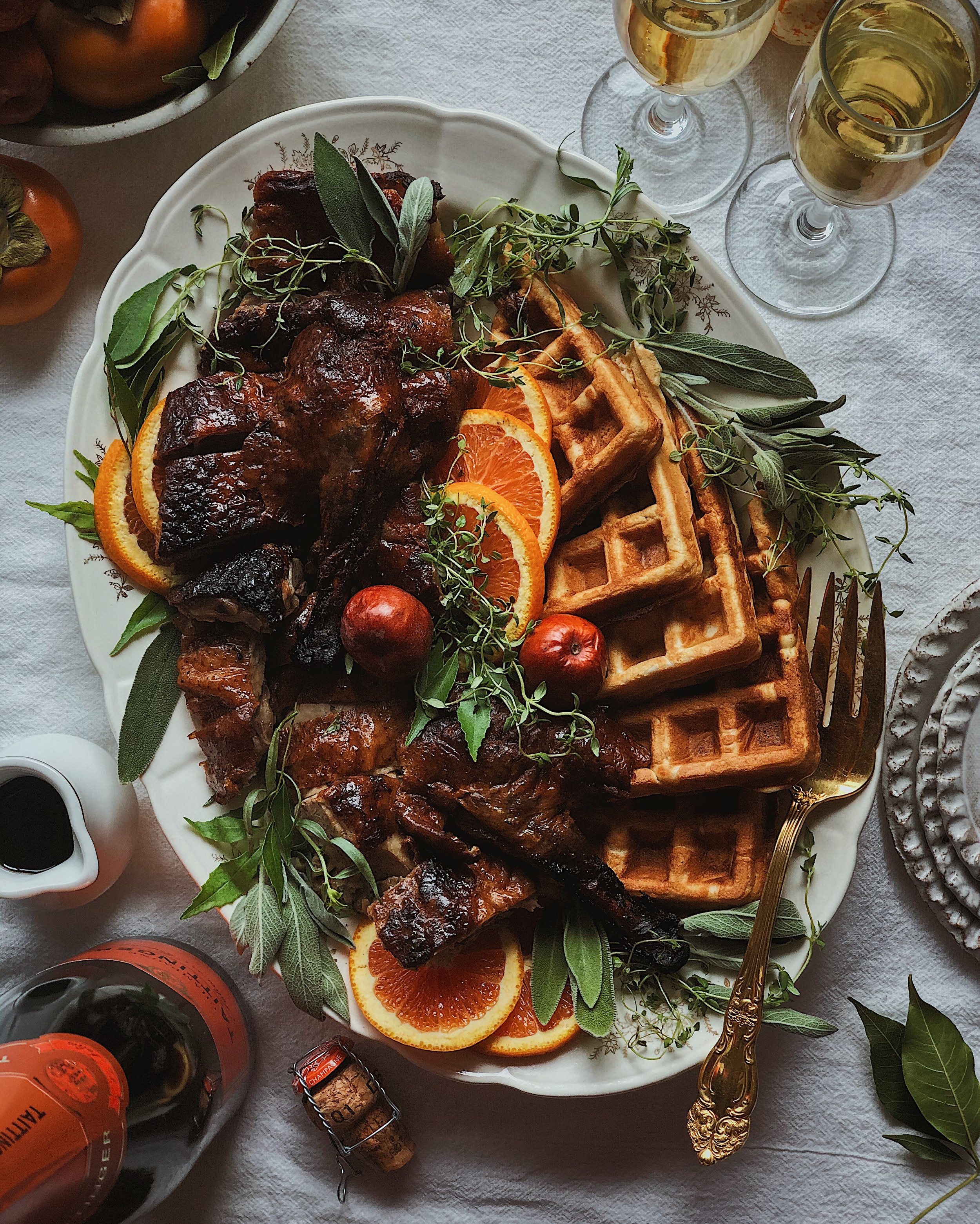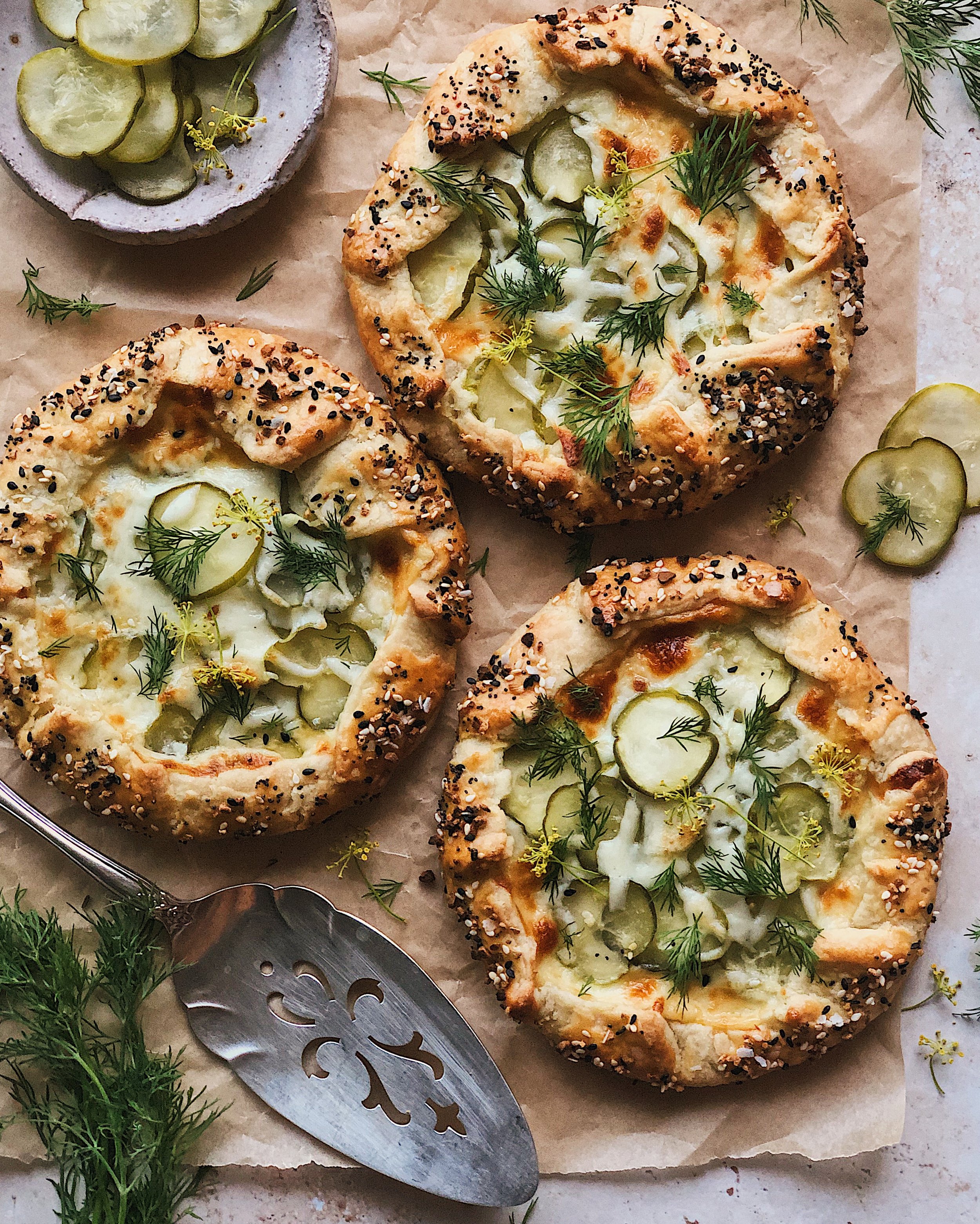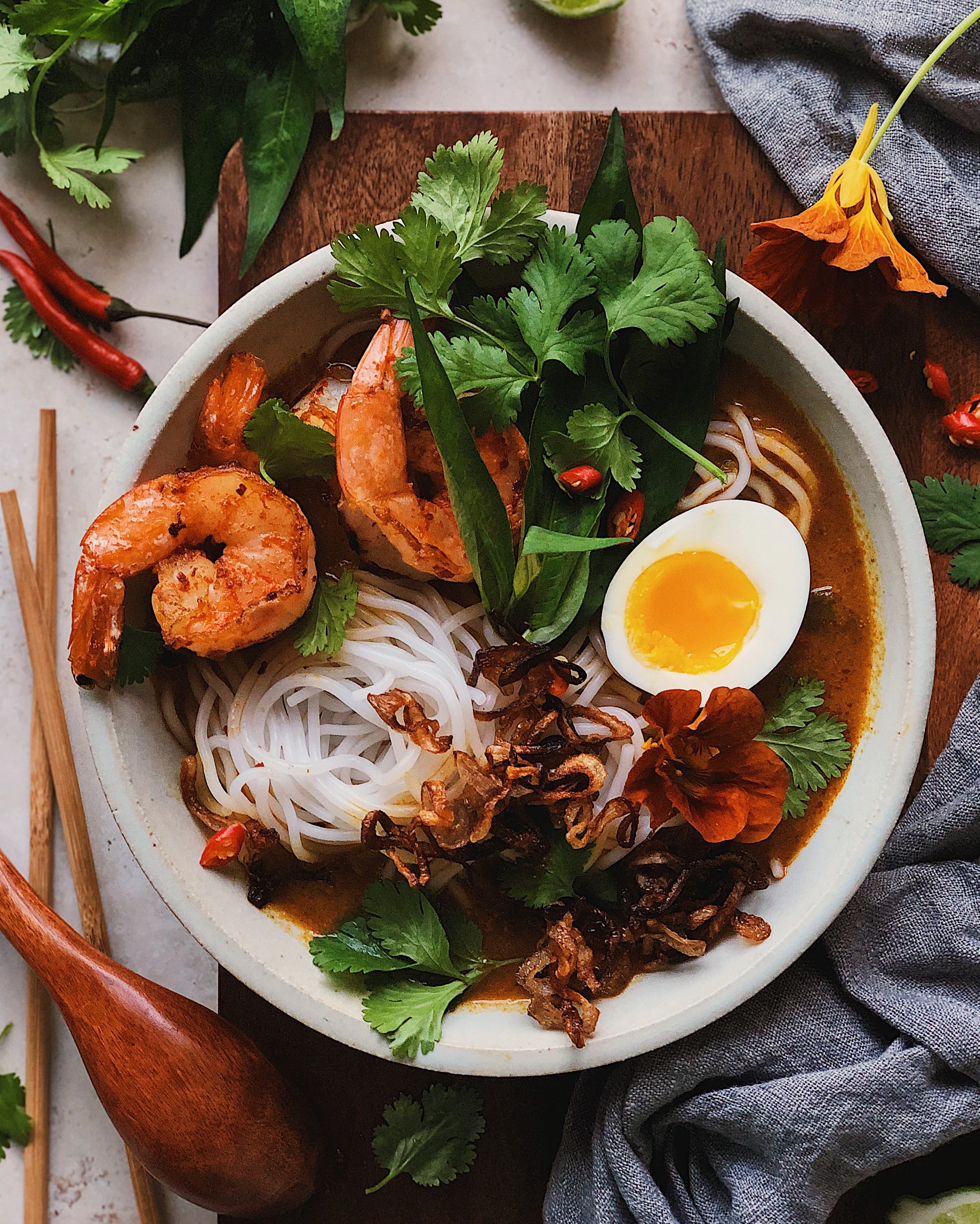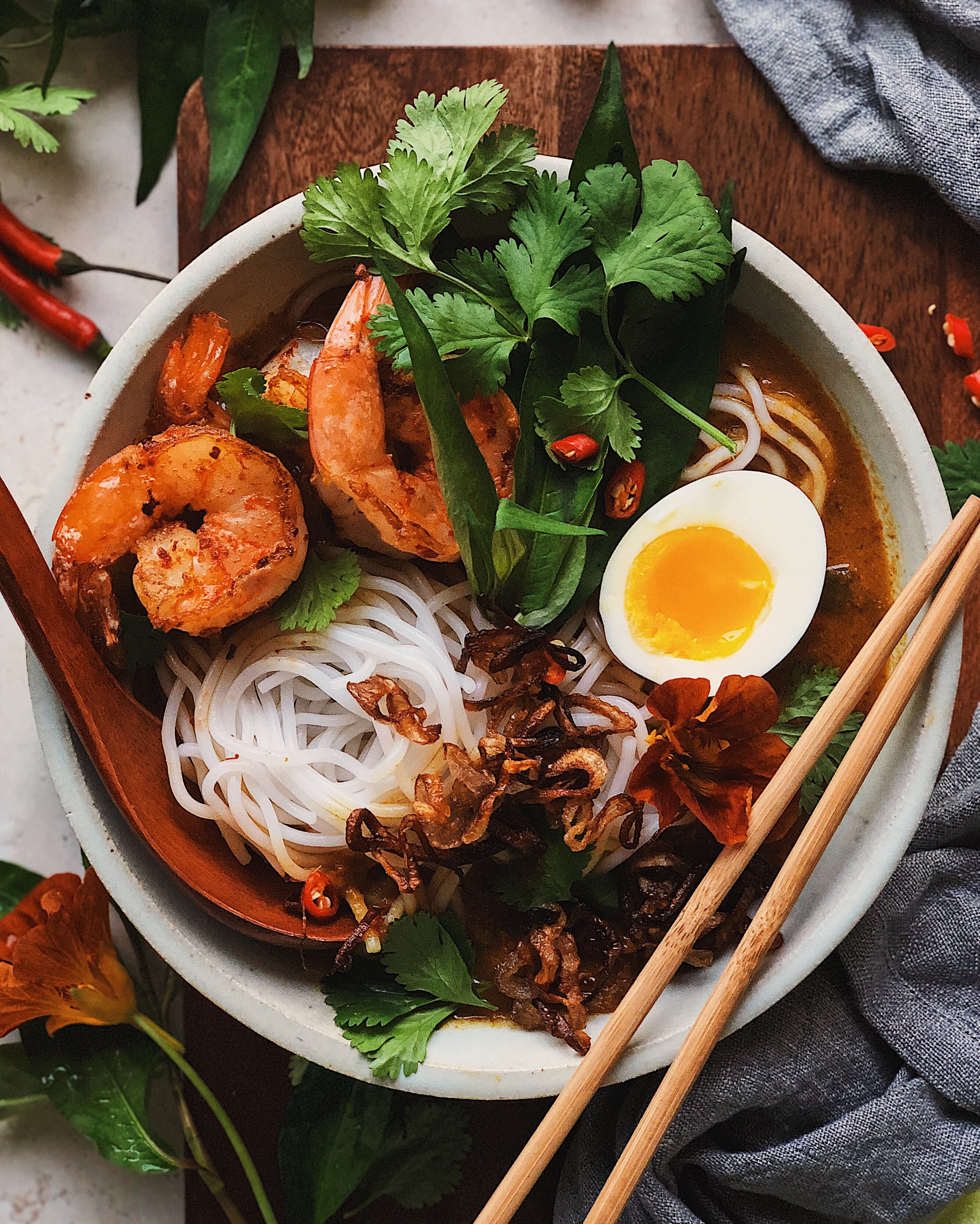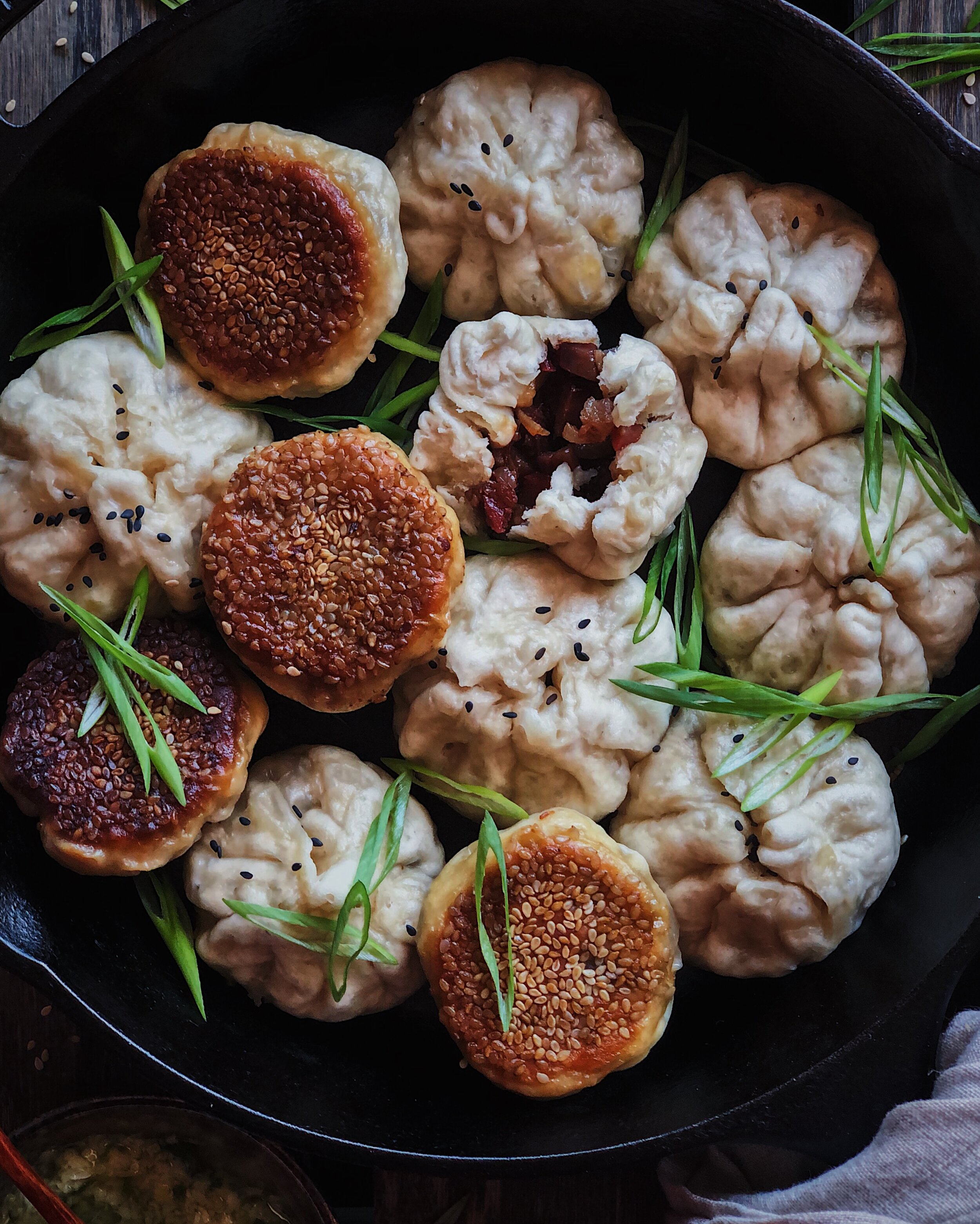Recipe: Lap Cheong and Scallion Stuffed Cheesy Bread
/I wanted to test this idea of stuffing focaccia with cheese for another project and I decided to try it out with one of my favorite ingredient combos. To be honest, I can’t think of an exact traditional dish that combines lap cheong (sweet Chinese sausage), scallions, and cheese but they do make me think of the smells of a Taiwanese bakery where you can find hot dog buns, scallion buns, and the like.
Lap cheong can be found at any Asian market. This low sodium option from Kam Yen Jan is my favorite one to get. The casing is very thin and I like to peel it off and crumble the sausage by hand for more organically shaped pieces, but you could also just slice it up. It is a fatty, slightly sweet, and intense savory flavor that tends to be used in moderation in Chinese dishes. But this recipe is not about moderation!
I shared a photo of this in my Instagram stories and got a lot of reactions to it, but I don’t think the photo is quite insta-worthy so I am just going to share the recipe here.
How to Make Lap Cheong & Scallion Stuffed Cheesy Bread
Ingredients
2/3 cup warm water*
1 tsp honey
1 1/2 tsp dry active yeast
1 3/4 cups all purpose flour
1/8 cup olive oil plus extra for drizzling
1/4 tsp kosher salt
3 lap cheong (sweet Chinese sausages)
1 cup grated fontina cheese (or mozzarella or white cheddar)
1 bunch scallions, chopped
* I have found that hot water from my tap works well for blooming yeast.
Procedure
In the bowl of your stand mixer, gently combine water, honey, and yeast. Allow the yeast to “bloom” for 5–10 minutes in a warm place until there is a fine foam on top.
Fit your stand mixer with the dough hook. Set the mixer to low speed and gradually add 1 3/4 cups flour, then 1/8 cup olive oil and salt. Turn up the speed of the mixer to medium-low and allow the dough to be kneaded for 4 minutes. If the dough has not pulled away from the sides of the bowl, add an additional 1 tablespoon of flour. Continue to knead for 1–2 minutes. Dough should be sticky but you should be able to easily remove it from the dough hook.
Scrape the dough out of the bowl and form a ball. Generously coat the inside of the bowl with olive oil. Roll the ball of dough around in the olive oil until coated. Cover with a damp towel and place in a warm spot to proof for 60 minutes, or until it has doubled in size.
In the meantime, remove the casing from the lap cheong and crumble into small pieces. Cook on medium heat in a small skillet until just heated through. Drain away excess rendered fat.
When the dough has had its first rest, gently fold in three-quarters of the chopped scallions and divide the dough in half. Coat the inside of a 10-inch cast iron skillet with olive oil. Use your fingers to gently press down half of the dough into the skillet, forming an even layer. Press the other half of the dough onto a large plate, to roughly the same size as the skillet. Cover both halves and let rest for another 20 minutes.
Meanwhile, place a rack one-third from the top of your oven and preheat to 400°F.
Press the relaxed dough in the skillet so it fully covers the bottom. Sprinkle the sausage on top and then roughly two-thirds of the cheese spread in an even layer. Top with the other half of the dough and pinch to seal the edges together. Dimple the surface of the dough with your fingers, drizzle generously with olive oil, and top with the remaining cheese and scallions.
Bake for 25–28 minutes or until the top is lightly browned. For neater bread sticks, allow to cool slightly before slicing—or, if you don’t care about that and live for danger, cut immediately and enjoy the skin-scalding gooeyness.






















